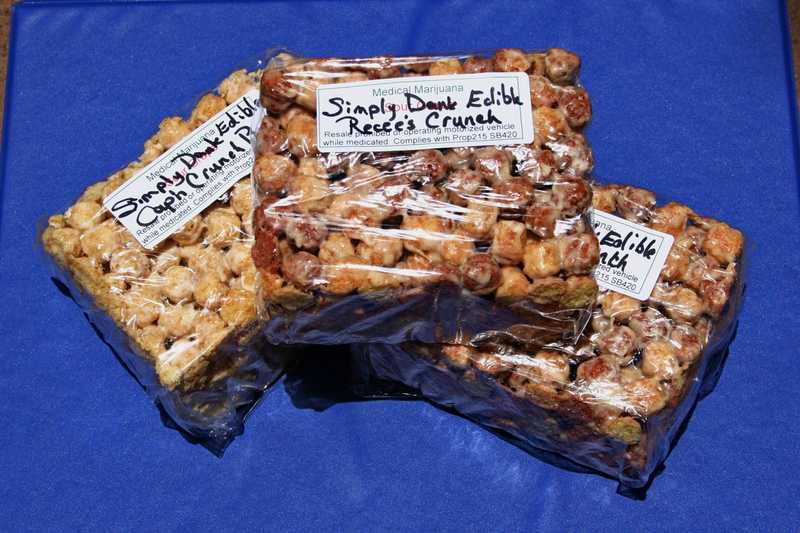A medical marijuana patient has more options now than ever before. Edible products are coming increasingly more popular as the medical marijuana industry is growing. Edibles offer a great-tasting way to get the benefit of medical-grade cannabis without smoking. For some, edibles are be a more efficient way to introduce cannabinoids, specifically THC, into their system. Below are five ways edible products differ from traditional flowers.
Different Delivery Methods
Ingesting marijuana-infused edibles requires the body to metabolize THC through the liver. The liver converts the THC to 11-hydroxy-THC, which is a practical delivery system. The converted THC is better able to cross the blood-brain barrier, creating a more intense effect. Inhaled cannabis, whether smoked or vaporized, travels from the lungs directly to the brain. The effect of the drug is faster, but lasts for a shorter duration.
Slower Processing
The different delivery and absorption methods mean that edibles take longer to metabolize. A person who smokes or vaporizes cannabis will feel the effect quickly. In an edible form, it may take up to 2 hours to get the benefit, but it will be longer lasting.
While edibles may feel stronger, they actually deliver a smaller concentration of cannabinoids. An edible product may offer only 10 to 20 percent of THC, while smoked cannabis has closer to 50 to 60 percent. The smoked product will peak in the first 10 minutes and likely disappear in less than an hour, whereas the effects from edibles can last several hours.
Dosing Challenges
Calculating the THC content of edibles, either homemade or manufactured, is a challenge. With inhaled cannabis, the patient knows right away if they are close to the right dose and can adjust as needed. Edibles, however, must be ingested and metabolized before the patient feels the effect, making it hard to gauge the proper dose.
Potency Levels
Since dosing is difficult with edibles, it becomes tough to measure the potency of products from batch to batch. The first time a patient tries a form of marijuana-infused candy, for example, it may produce a mild effect. The next time, he or she may take more to get a stronger dose and find this batch is twice as potent. Steps are being taken to regulate the testing of manufactured edible cannabis products and control its THC content, but it may take time. Those who live in a state that does not yet require testing should use edibles cautiously to ensure they get the proper effect.
Health Concerns of Smoking
Smoking cannabis can have long-term health effects, which is why many turn to edibles or vaporization. Others may worry about the sugar content of edible products, but now days, not all edibles are brownies or sweet treats. Today, there are edible recipes for hummus, vegetable medleys, teas, and even bacon. Those making their own edibles should use caution to ensure they get accurate doses.
Each person must find the delivery method that works for them. For patients with chronic pain, edibles offer sustainable relief. People who want an immediate benefit and are okay with a shorter-lasting duration will find that smoking is an effective route. Overall, it will take some experimentation to find the optimum delivery system for each patient.
